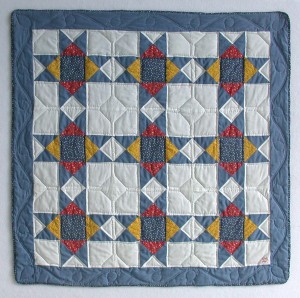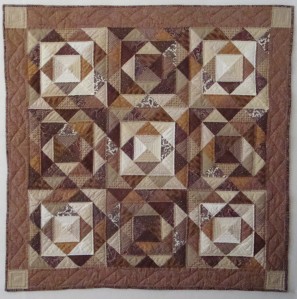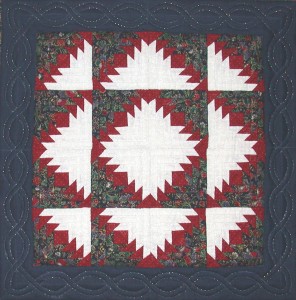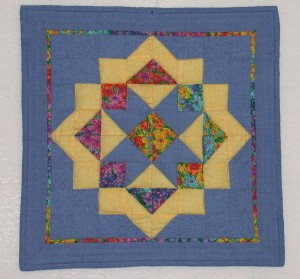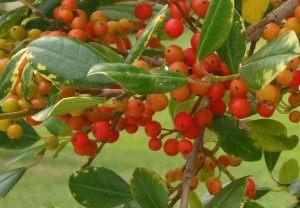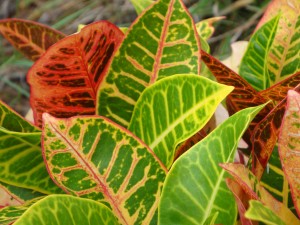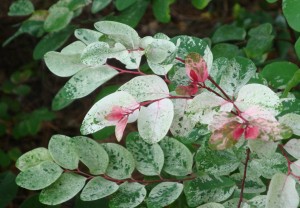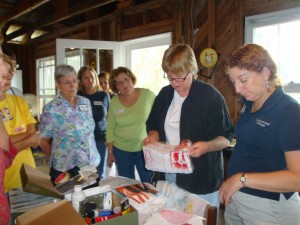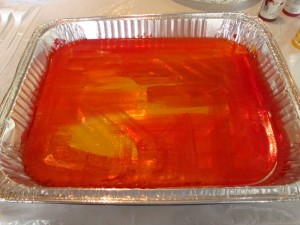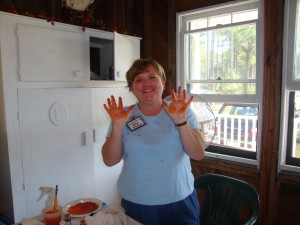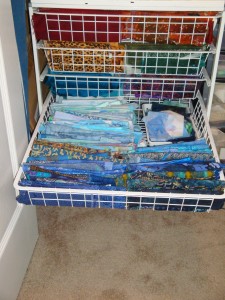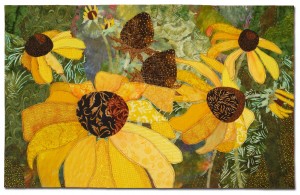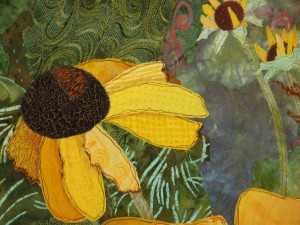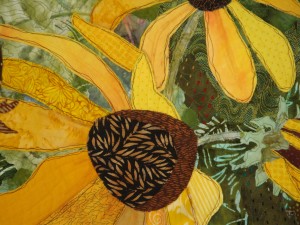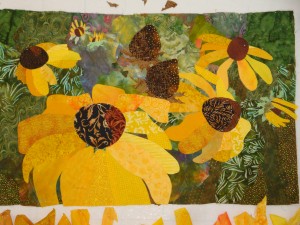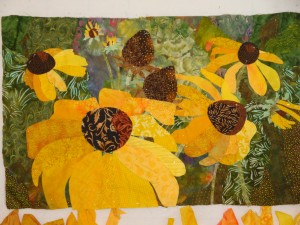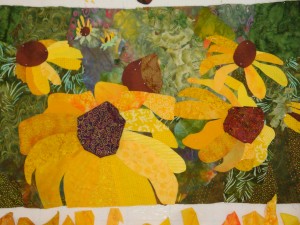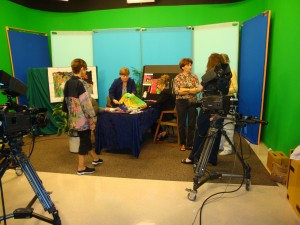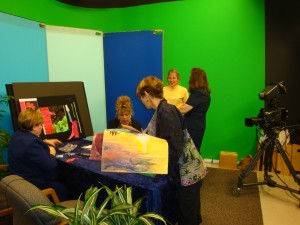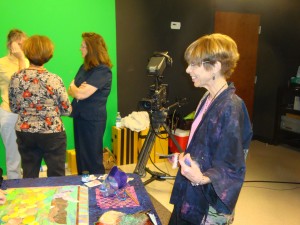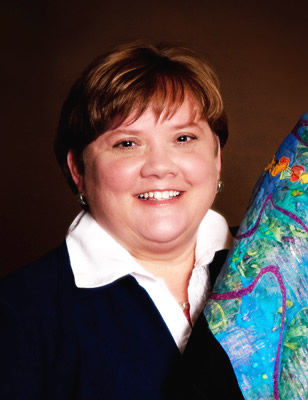Looking Back: The Early Years
I made my first quilt in 1983, as a newlywed. My husband and I needed art to hang over the sofa, but couldn’t afford a framed painting. But, I knew how to sew and I thought I could learn to make a quilt. I bought a book for $10, and the fabric for another $10. Six weeks later I had finished my first quilt, a Variable Star design (also called Ohio Star.) It was the perfect addition to our country decor.
Throughout the 80s and most of the 90s I continued to make pieced wall quilts. (I made one queen sized bed quilt which I hand quilted. After about 500 hours of effort, I decided I did NOT want that experience again!) The next few quilts are typical of that time period.
Things sure have changed in the quilting world since I entered it! To give you an idea, the top two quilts were made using cardboard templates, with each piece drawn and cut by hand. No rotary cutters!
I was learning about machine quilting, though. The first three were done by hand, but the last one was done by machine. I could only do stippling, that was good enough for me.
Where did your quilting journey begin?
Ellen Lindner
